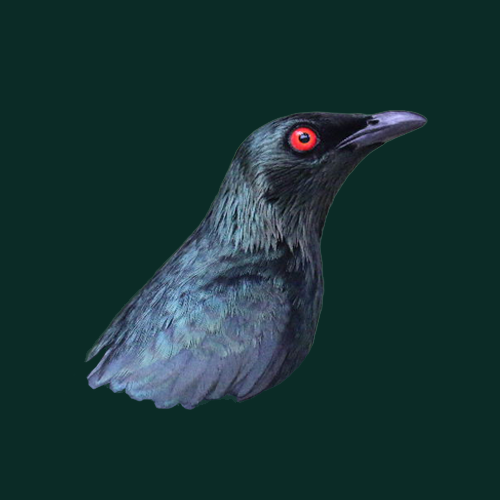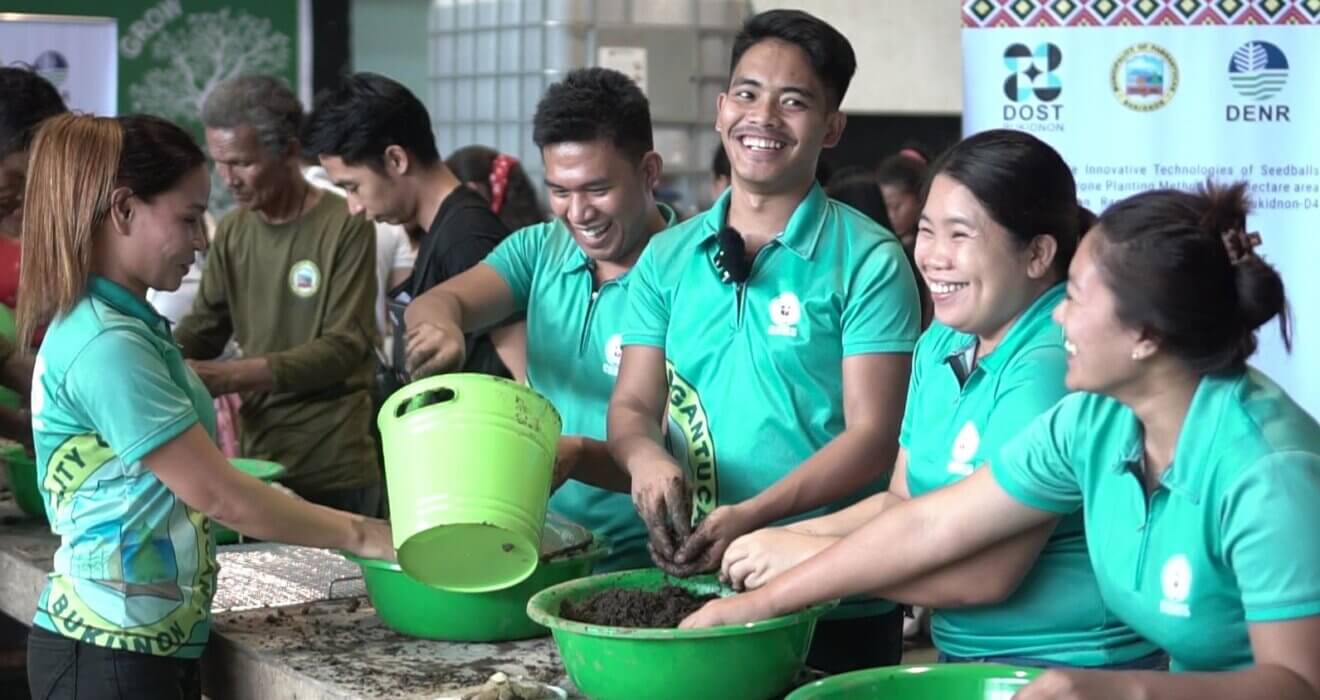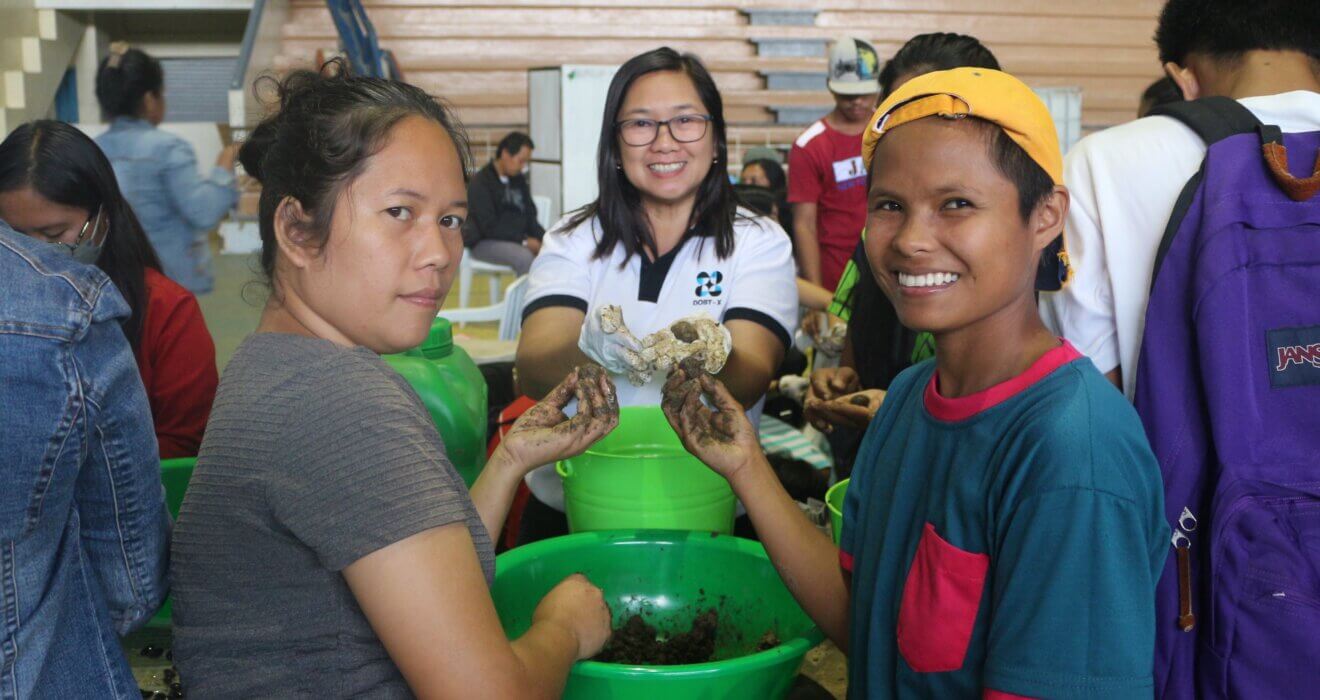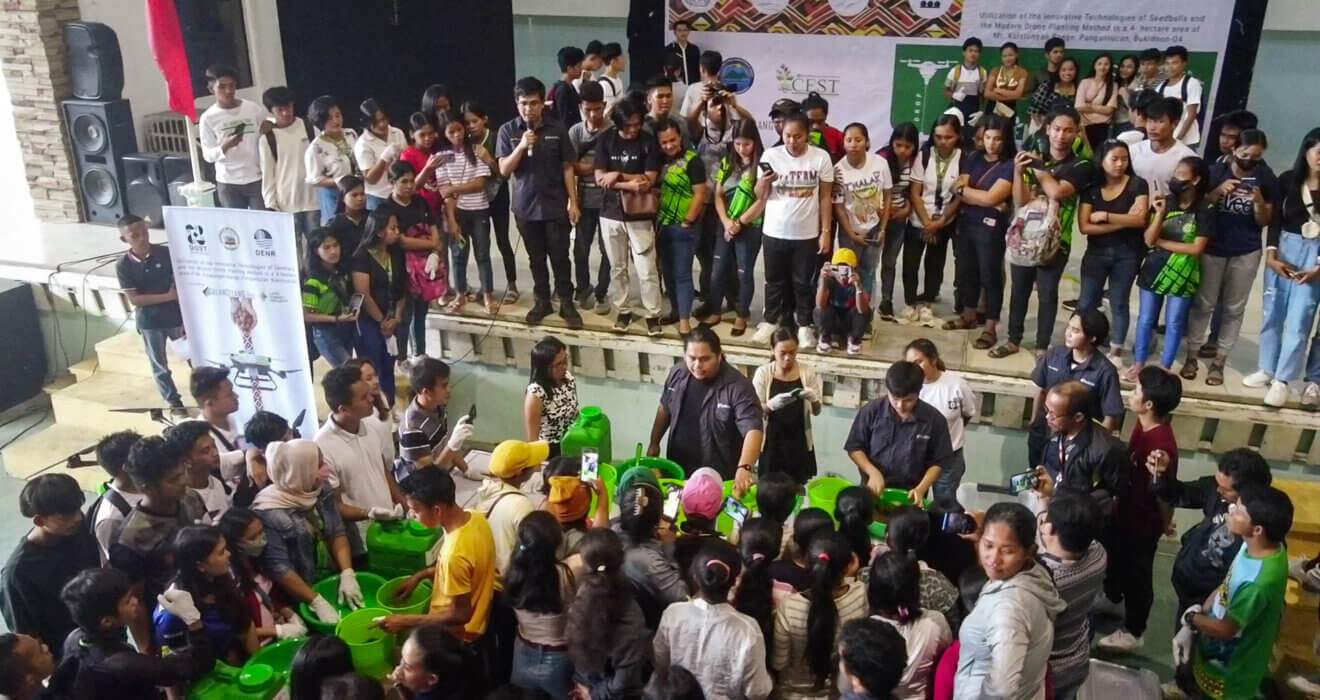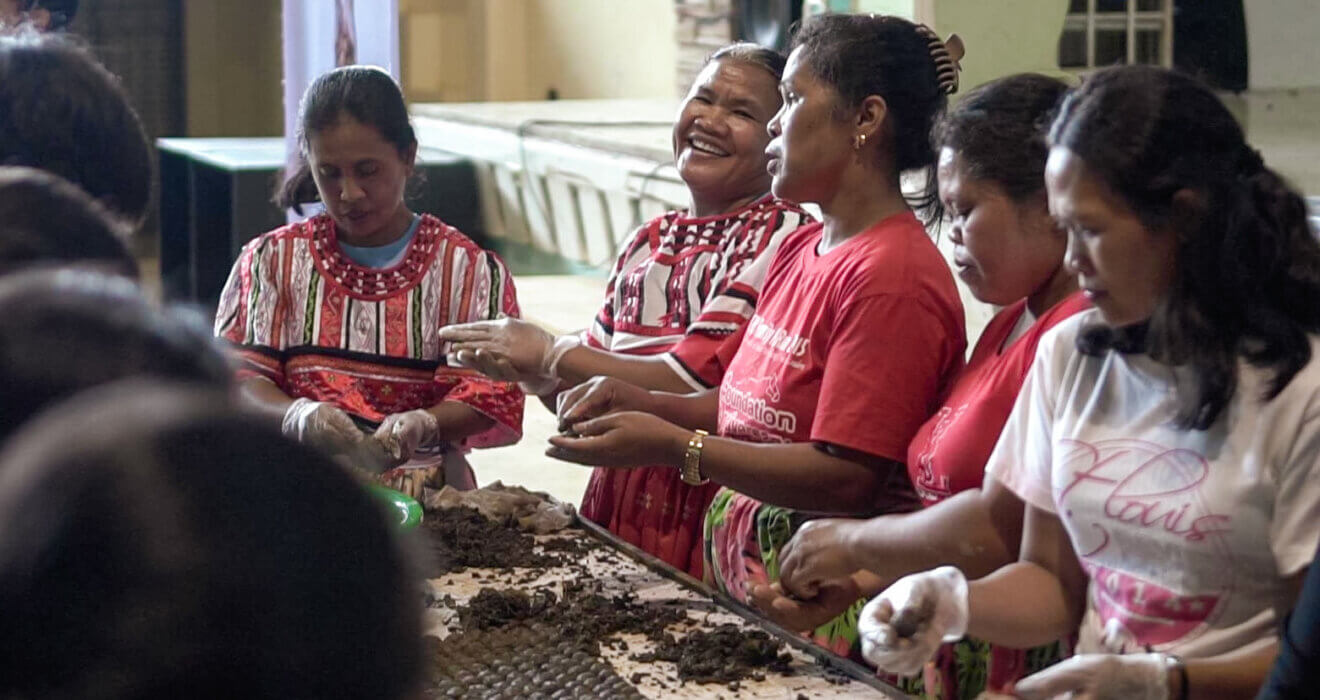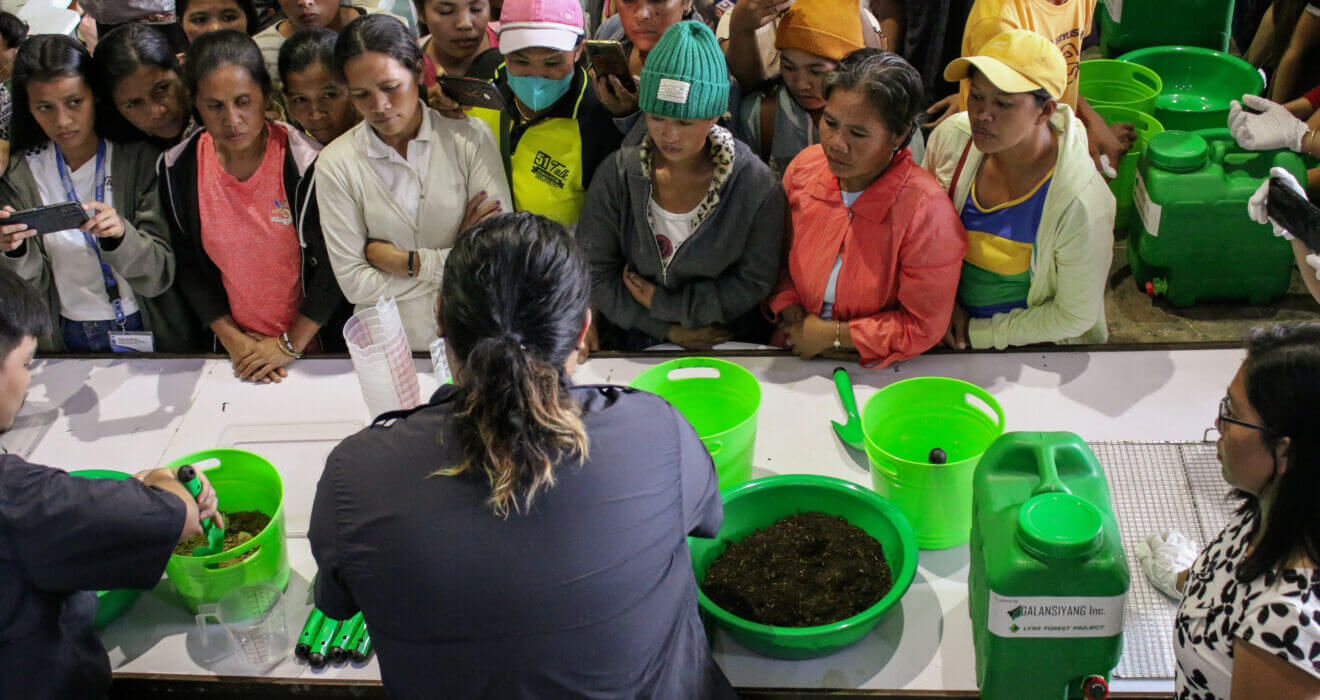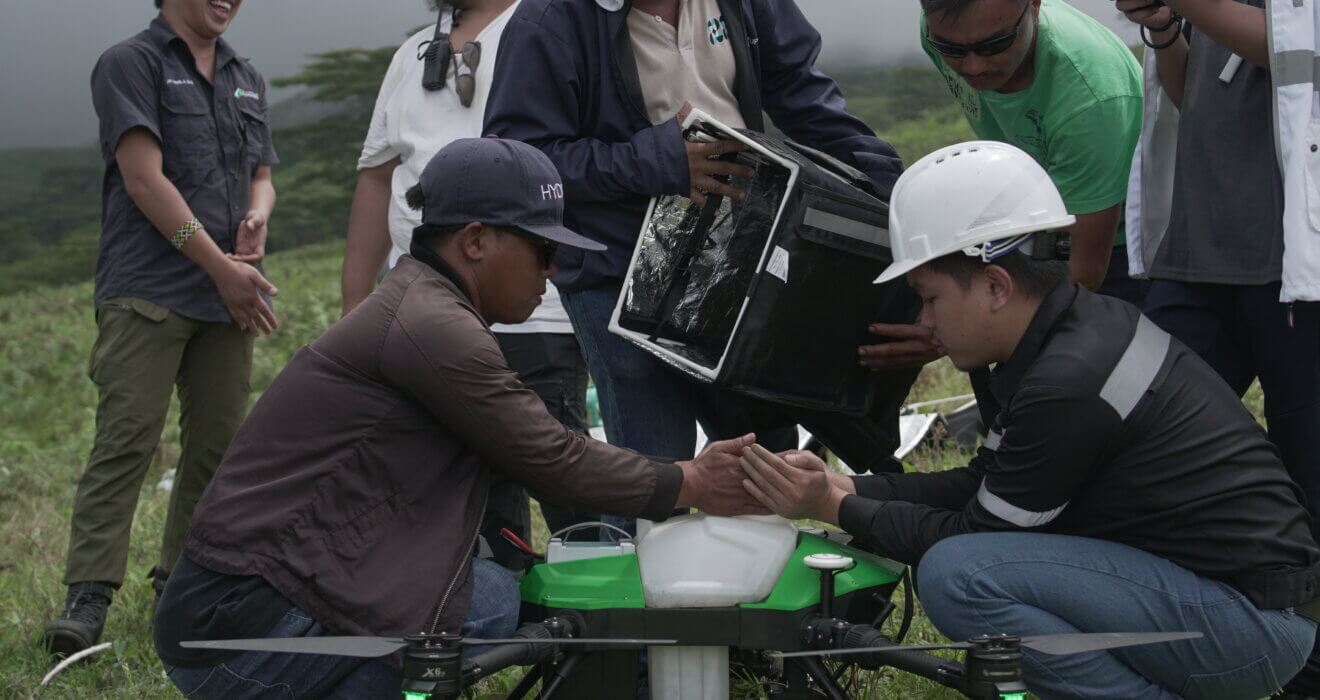Pangantucan, Bukidnon, Philippines
Mt. Kalatungan Drone Reforestation
May 31, 2023
Bukidnon, Philippines
Utilization of the Innovative Technologies of Seedballs and the Modern Drone Planting Method in a 4-hectare area of Mt. Kalatungan Natural Range, Pangantucan, Bukidnon-D4

BUKIDNON — The ancestral domain of the Talaanding, Manubo, and other indigenous tribes in Barangay Mendis, Municipality of Pangantucan (7°54’04.8″N 124°48’41.0″E) within the Mt. Kalatungan Natural Range Park faces significant challenges due to non-anthropogenic forest fires, particularly stemming from the 1983 El Niño event. This degradation directly threatens the Muleta River tributary watershed, which supplies fresh water to the southern central portion of the province of Bukidnon and the broader Mindanao region in the Philippines. Over the past 40 years, this site has been populated by perennial plants but lacks trees. The significant 110-meter vertical change in slope presents challenges and risks for traditional hand-planting methods. To address this ecological crisis, the Department of Science and Technology (DOST) Region 10 in Bukidnon, in collaboration with esteemed partners such as the Department of Environment and Natural Resources Protected Area Management Board (DENR-PAMB) for Mt. Kalatungan Range Natural Park (MKaRNP) and the Local Government Unit (LGU) of Pangantucan, has launched an innovative pilot project. This project combines community seedball-making using endemic and native tree seeds with drone-assisted reforestation techniques to restore a 4-hectare denuded land adjacent to the Muleta River tributary watershed.
In an inspiring event on May 23-24, 2023, a collaborative effort involving 315 individuals from diverse organizations—including personnel from DENR-PAMB Bukidnon, the LGU of Pangantucan, the Philippine National Police (PNP), and the indigenous Talaandig and Manubo Tribes—was dedicated to reforesting the land. The event also saw the enthusiastic involvement of students from Pangantucan Bukidnon Community College (PBCC) and Pangantucan Bukidnon National High School (PBNH). Through their unwavering dedication, the workshop achieved remarkable results, surpassing the target of 12,000 seedballs. In total, 16,344 seedballs were meticulously crafted, each containing a variety of 48,428 precious native and endemic seeds such as Kupang (Parkia sp.), Narra (Pterocarpus indicus), Banaba (Lagerstroemia sp.), Ulayan (Lithocarpus sp.), and Balete (Ficus sp.).
On May 31, 2023, this DOST-led project used Galansiyang technology to plant 16,344 seedballs and 2,045 raw seeds, totaling 48,428 endemic tree seeds, covering 4 hectares of land and can potentially absorbing more than 15.2 tons of carbon annually.
The impact of these seedballs stretches far beyond mere numbers. They hold the potential to grow 24,214~ trees, breathing life into a once-barren 4-hectare patch of the Mt. Kalatungan. As the trees grow, they can absorb a staggering 15.2~ tons of carbon per year (tC/year), mitigating the effects of drought and safeguarding the invaluable Muleta River tributary watershed from the impacts of climate change.
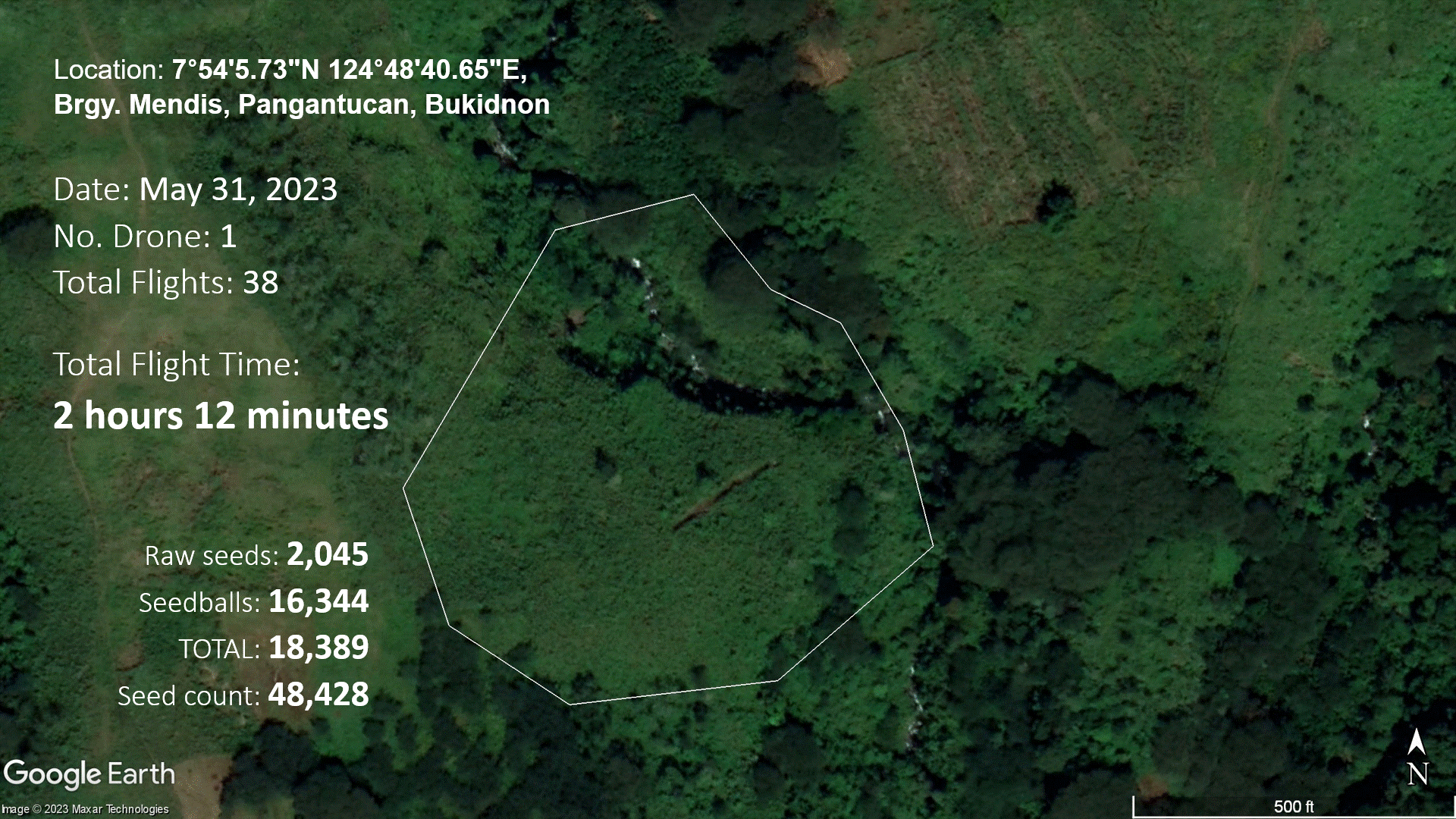
March 8, 2024 — Nearly 10 months after the drone seedball dispersal, Galansiyang Botanist Nel Omandam made a significant finding during the monitoring session, which aimed to assess the reforestation project’s progress.
Monitoring was conducted in the designated area where Balite (Ficus sp.) and Ulayan (Lithocarpus sp.) seedballs were dispersed. The annual and perennial vegetation, coupled with the steep slope, posed risks and challenges, resulting in less than 5% of the area being explored. Despite these challenges, several seedlings from these species were observed thriving, indicating successful germination and growth from the encapsulated seeds within the seedballs. This observation validates the efficacy of the drone-assisted reforestation project.
This initial success is a promising indicator for the project’s future, demonstrating that drone-assisted reforestation is an effective method for restoring deforested areas. Continued monitoring is crucial to track seedling development and ensure the project’s long-term success. The next phase of monitoring will focus on the areas where Narra (Pterocarpus indicus), Banaba (Lagerstroemia sp.), and Kupang (Parkia sp.) seedballs were dispersed, and fire lines will be established accordingly.
This initiative represents a significant advancement in the field of reforestation, highlighting the potential of integrating technologies such as drones and biotechnology in ecological forest restoration efforts. It serves as a testament to the dedication and hard work of all project participants. The thriving seedlings symbolize a beacon of hope for forest recovery and a sustainable future.
#ParaSaMindanao
This project is supplied by


